
Introduction:
Welcome, enthusiasts of virtual reality! Today, we delve into the intricate world of audio design for interactive VR narrative experiences, using 'The Price of Freedom' and ‘Journey through the Camps’ as a compelling case study. As we navigate through the nuances of the captivating VR story based on the declassified Project Mk Ultra and the narrations from Holocaust survivors, we'll explore the crucial elements that contribute to an immersive and convincing audio experience in the virtual realm.
The Significance of Audio in VR Storytelling:
Renowned filmmaker George Lucas once declared, "Sound is half of the experience." In the realm of VR, this sentiment holds even truer, as sound directly influences the immersive quality of the virtual environment. Imagine picking up a bottle in VR and hearing no sound or an incongruent one – it disrupts the illusion. As Mona Lalwani aptly notes, without synchronized audio cues, the brain struggles to buy into the alternate reality created by VR.
'The Price of Freedom' Unveiled:
'The Price of Freedom' unfolds as an interactive VR story rooted in the grim events of Project Mk Ultra. Players assume the role of a CIA agent tasked with a mission that unravels to reveal a deeper, more personal narrative. With an average playtime of 15-20 minutes, the experience garnered acclaim, boasting a 97% positive review on Steam and accolades from Unity's Vision Summit, Sundance Film Festival, VRLA, and Cinquest Film Festival.
Audio Design Breakdown:
To dissect the audio design for 'The Price of Freedom,' we categorize it into four components: Sound Effects, Music, Ambience, and Voiceover. The journey begins with a meticulous approach to collision and interaction sound, essential for grounding the player in the virtual space.
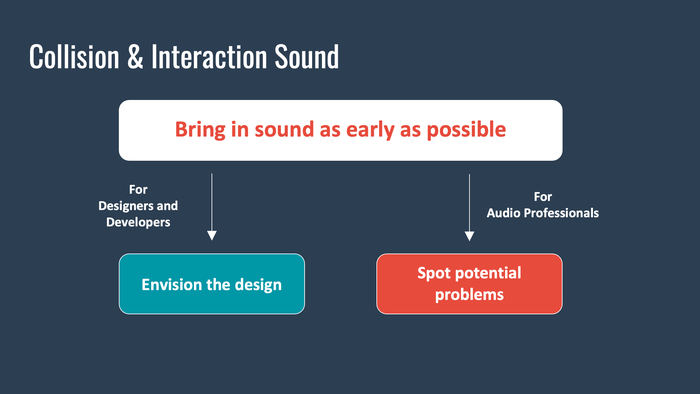
Enhancing Realism:
Recognizing the need for diverse collision sounds, we devised a system categorizing materials and assessing collision force. This innovative approach ensures a natural and varied audio experience, creating a more immersive atmosphere.
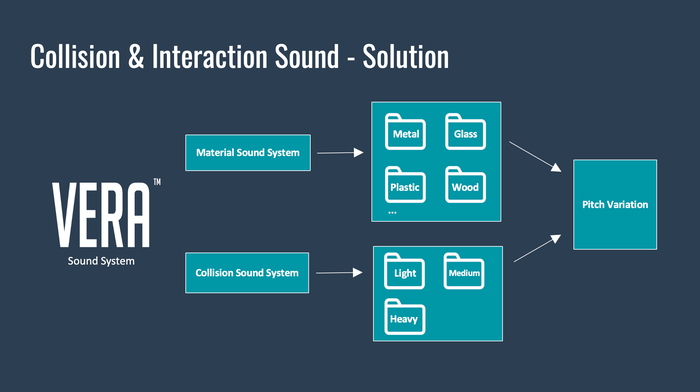
Here is an example of before and after implementing the sound system:
Before:
After:
Indirect Control Through Audio:
In a VR environment teeming with interactable elements, maintaining player focus becomes paramount. Leveraging the concept of indirect control, audio strategically guides players without overtly influencing their choices. This is exemplified by carefully placed audio cues and voiceovers that guide attention and reinforce the narrative.
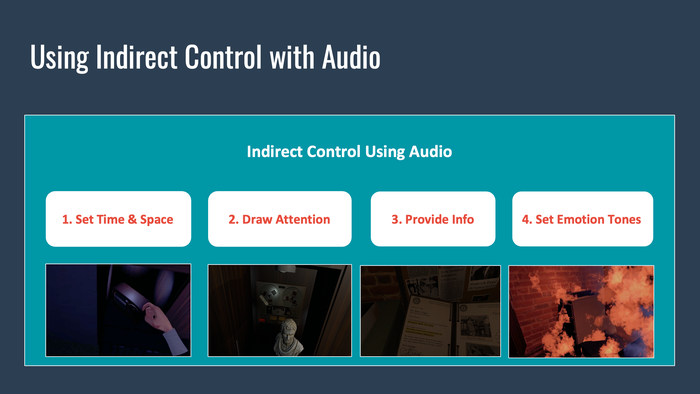
Spatial Audio and Player Orientation:
Distinguishing between fixed and relative audio sources, we implement spatial audio to immerse players further. Ambience, collision sounds, diegetic music, and some dialogue are fixed, establishing a sense of space. Meanwhile, dialogue and non-diegetic music adjust dynamically based on the player's location, ensuring a comprehensive audio experience.
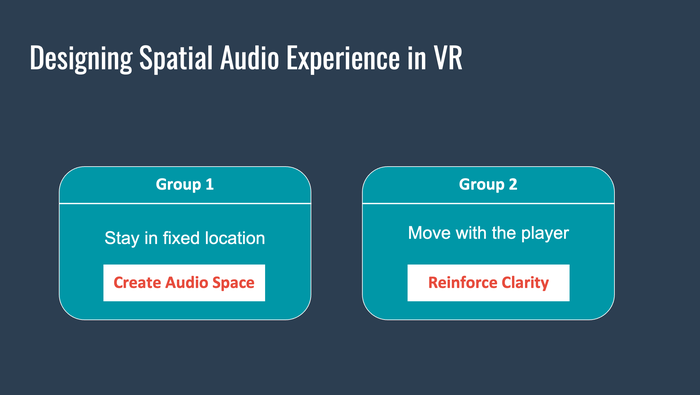
Crafting Emotional Resonance:
In the realm of music composition, subtlety takes center stage. Signature themes and diegetic music intertwine to reinforce characters and themes. By creating emotional layers triggered by player actions, the narrative unfolds seamlessly, ensuring a connection between the player and the virtual world.
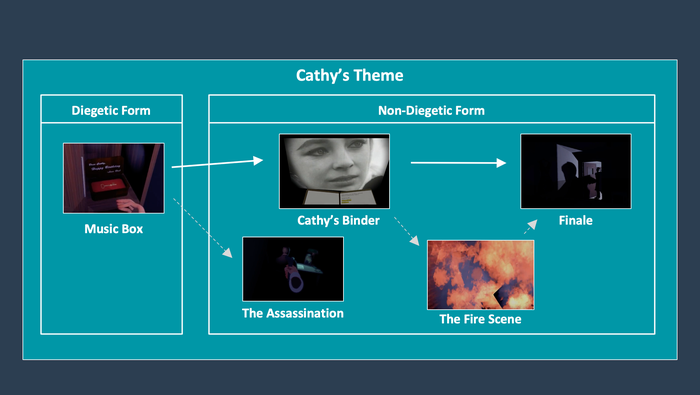
Transcending Boundaries with VR Documentary:
Diving into the realm of VR documentary with 'Journey through the Camps,' we confront the challenges of the presence of music element that might hurt the genuinity of the material. By differentiating between realistic and abstract spaces, we utilize ambient sounds to convey historical authenticity while introducing subtle musical cues for emotional impact.
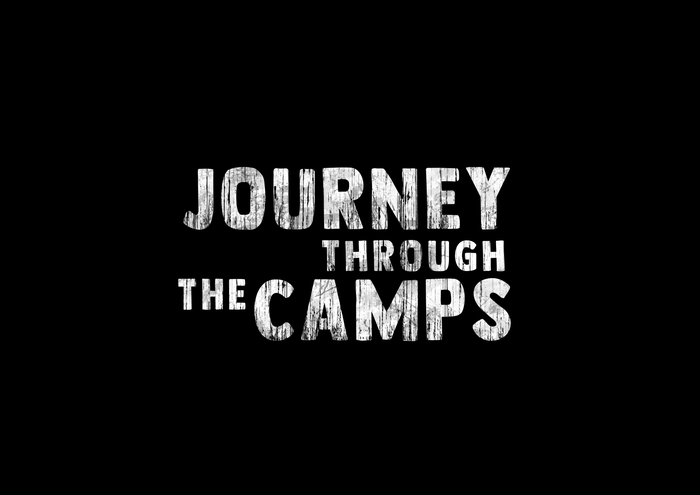
Conclusion:
In conclusion, our exploration of audio design for interactive VR narratives, using 'The Price of Freedom' as a case study, reveals the intricate balance required to create a truly immersive experience. From early collision sound integration to indirect player guidance and the dynamic use of spatial audio, each element contributes to a cohesive narrative. As the virtual realm continues to evolve, the importance of audio in shaping compelling narratives becomes ever more evident. May this journey into the intricacies of VR audio design inspire future creators to craft experiences that captivate and transport audiences to new realms of imagination.
Read more about:
BlogsAbout the Author(s)
You May Also Like









